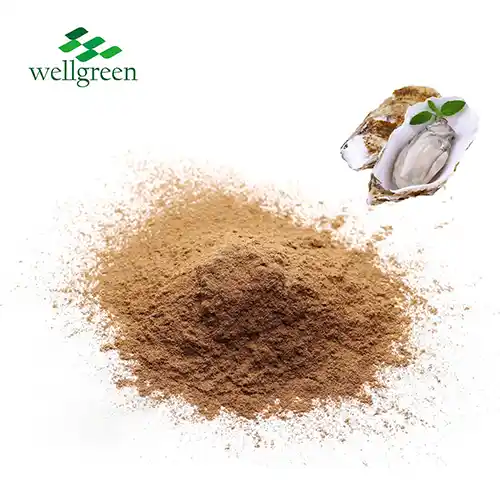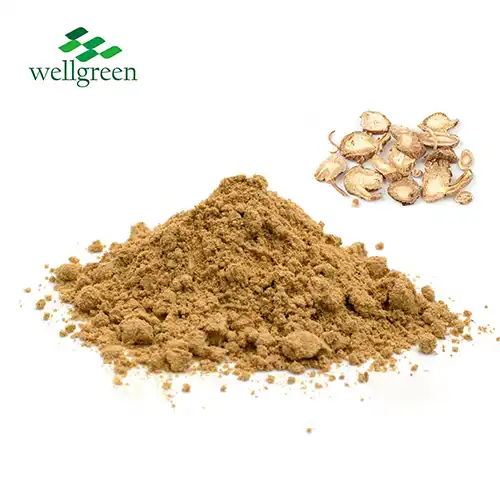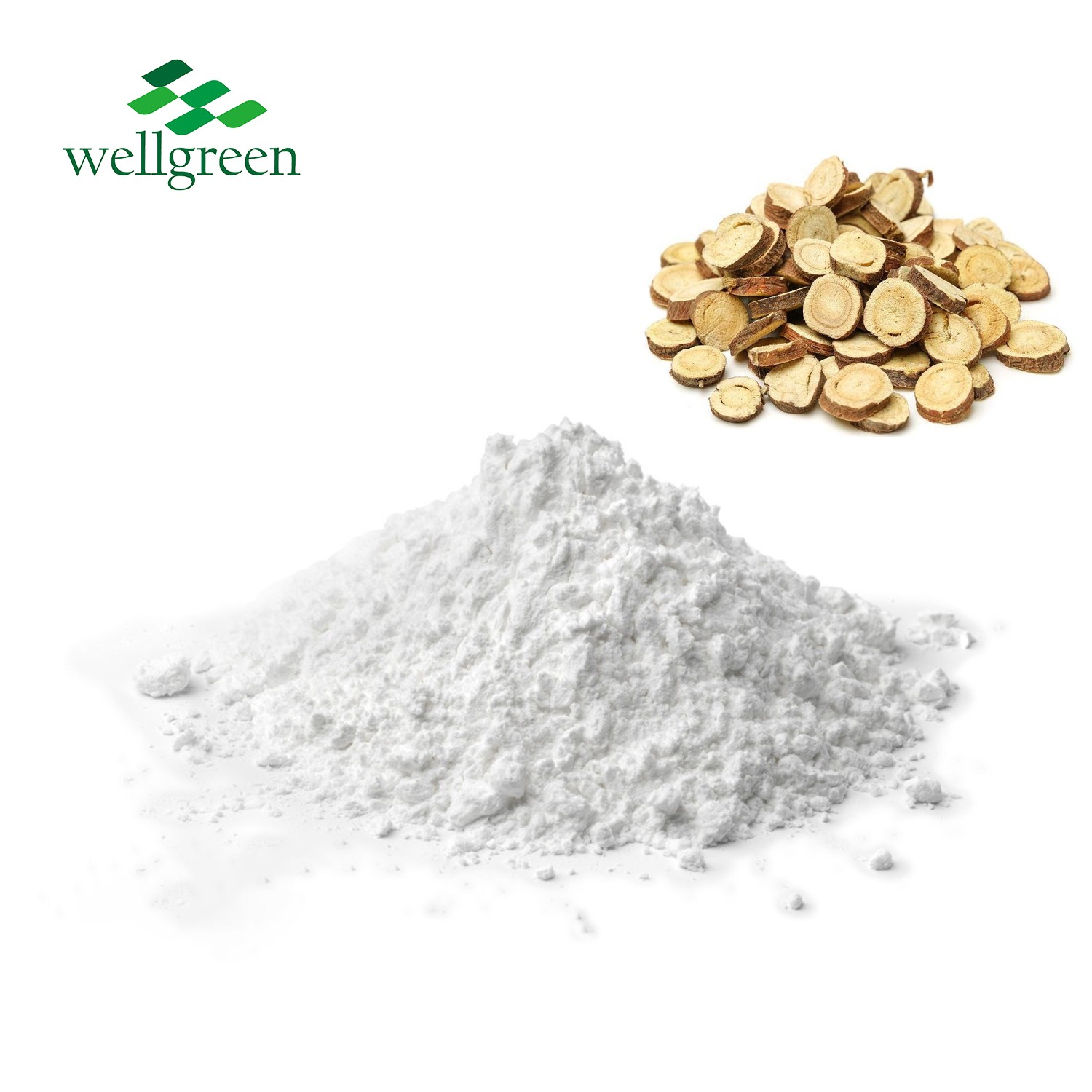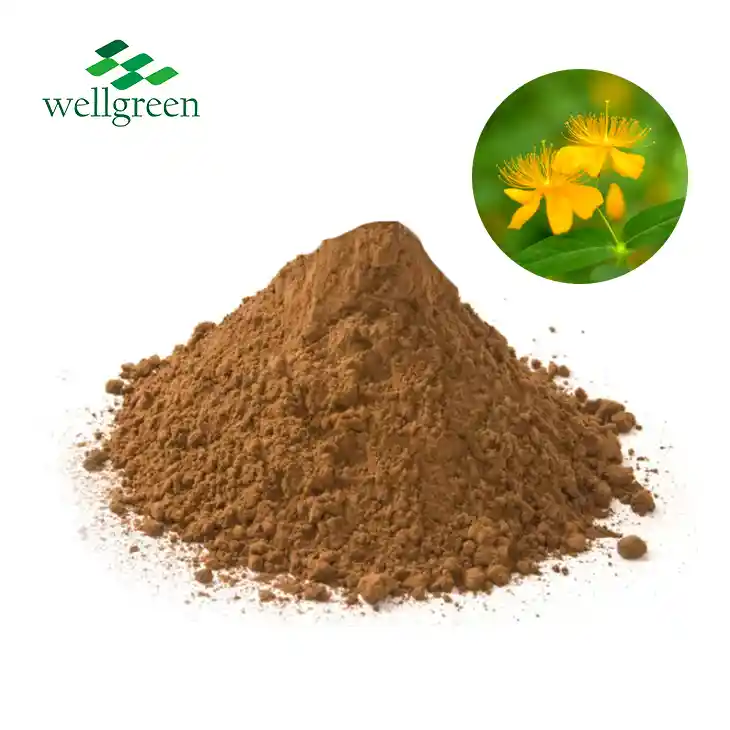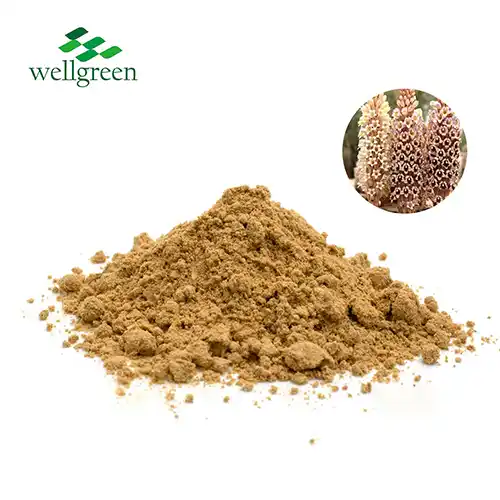The Science Behind Soapnut Extract as a Natural Cleanser
2025-04-28 14:01:04
Soapnut extract, derived from the fruit of Sapindus trees, has emerged as a powerful natural cleanser with remarkable properties. This eco-friendly alternative to synthetic detergents harnesses the power of saponins, naturally occurring compounds that create a gentle yet effective cleansing action. As we delve into the science behind soapnut extract, we'll uncover how these unique plant-based molecules interact with dirt and grime, providing a sustainable cleaning solution. By exploring the active ingredients, mechanisms of action, and scientific evidence supporting its use, we'll gain a deeper understanding of why soapnut extract is revolutionizing the world of natural cleaning products.
Understanding the Active Saponins in Soapnut Extract
Chemical Structure of Saponins
Saponins, the key active compounds in soapnut extract, are complex molecules consisting of a hydrophobic (water-repelling) triterpene or steroid backbone attached to one or more hydrophilic (water-loving) sugar chains. This unique amphiphilic structure allows saponins to interact with both water and oil, making them excellent natural surfactants. The specific saponins found in soapnut extract, primarily triterpene saponins, have been identified through advanced analytical techniques such as high-performance liquid chromatography (HPLC) and mass spectrometry.
Types of Saponins in Soapnut Extract
Soapnut extract contains a diverse array of saponins, each with slightly different properties. The main types include sapindoside A, sapindoside B, and mukorosside. These compounds vary in their sugar chain compositions and the specific arrangement of functional groups on their triterpene backbones. This diversity contributes to the extract's broad spectrum of cleansing abilities, as different saponins may be more effective against certain types of dirt or stains.
Biosynthesis and Extraction of Saponins
The saponins in soapnut extract are produced by the Sapindus trees as part of their natural defense mechanisms against pests and pathogens. The biosynthesis of these compounds involves complex enzymatic pathways that occur primarily in the fruit tissues. To obtain soapnut extract powder, manufacturers employ carefully optimized extraction techniques that preserve the integrity of the saponins while removing unwanted components. These methods may include aqueous extraction followed by spray-drying or more advanced processes such as supercritical fluid extraction to yield a high-quality, concentrated product.
The Scientific Mechanism of Natural Cleansing and Dirt Removal
Surfactant Properties of Saponins
The cleansing power of soapnut extract stems from the surfactant properties of its saponins. When dissolved in water, saponin molecules orient themselves at the interface between water and oil or dirt particles. The hydrophilic sugar chains remain in the water phase, while the hydrophobic triterpene portions interact with oily substances and dirt. This arrangement lowers the surface tension of water and allows it to penetrate fabrics and surfaces more effectively, facilitating the removal of stubborn stains and grime.
Micelle Formation and Emulsification
As the concentration of saponins increases, they begin to form spherical structures called micelles. These micelles have hydrophobic cores surrounded by hydrophilic exteriors, allowing them to encapsulate oil droplets and dirt particles. This process, known as emulsification, is crucial for lifting and suspending insoluble materials in water, making them easy to rinse away. The ability of soapnut extract to form stable emulsions contributes to its effectiveness in removing a wide range of soils and stains from various surfaces.
Interaction with Different Types of Soil and Stains
Soapnut extract's diverse saponin profile enables it to tackle multiple types of dirt and stains. For protein-based stains like blood or grass, the saponins can denature and solubilize the proteins, making them easier to remove. Oily stains are effectively emulsified by the amphiphilic saponin molecules. Additionally, some saponins in soapnut extract exhibit mild enzymatic activity, which may aid in breaking down certain organic compounds. This multi-faceted approach to stain removal makes soapnut extract powder a versatile and effective natural cleanser for various applications.
Scientific Evidence Supporting Soapnut Extract's Safety and Effectiveness
Comparative Studies with Synthetic Detergents
Several scientific studies have compared the cleaning efficacy of soapnut extract to conventional synthetic detergents. Research published in the Journal of Surfactants and Detergents demonstrated that soapnut extract showed comparable or superior performance in removing certain types of stains, particularly those of organic origin. Moreover, these studies have highlighted the extract's ability to maintain fabric quality and color fastness over repeated washings, a significant advantage over some harsh chemical detergents.
Environmental Impact Assessments
The environmental benefits of soapnut extract have been substantiated through rigorous ecological assessments. A comprehensive life cycle analysis published in the Journal of Cleaner Production revealed that the production and use of soapnut extract resulted in significantly lower carbon emissions and water pollution compared to petrochemical-based surfactants. Furthermore, biodegradability studies have shown that soapnut saponins break down rapidly in the environment without leaving harmful residues, making them an ecologically sound choice for wastewater systems and aquatic ecosystems.
Safety and Dermatological Studies
The safety profile of soapnut extract has been extensively evaluated through in vitro and in vivo studies. Research published in the International Journal of Toxicology demonstrated that soapnut extract exhibited low cytotoxicity and did not induce significant skin irritation or sensitization in human patch tests. Additionally, clinical trials involving individuals with sensitive skin have shown that products containing soapnut extract were well-tolerated and did not exacerbate skin conditions such as eczema or contact dermatitis. These findings underscore the potential of soapnut extract as a gentle, natural alternative for those with sensitive skin or allergies to conventional cleaning products.
Conclusion
The science behind soapnut extract reveals a sophisticated natural cleansing system that rivals synthetic detergents in effectiveness while offering superior environmental and dermatological benefits. By harnessing the power of saponins, soapnut extract provides a sustainable, biodegradable, and skin-friendly cleaning solution. As research continues to unveil the full potential of this remarkable plant-based extract, it's clear that soapnut extract is poised to play a significant role in the future of eco-conscious cleaning and personal care products.
Contact Us
Are you ready to experience the power of nature in your daily cleansing? As a premium soapnut extract supplier, we offer high-quality soapnut extract. For more information or to place an order, please contact us at wgt@allwellcn.com.
References
1. Kumar, A., et al. (2019). "Phytochemical analysis and surfactant properties of Sapindus mukorossi extract." Journal of Surfactants and Detergents, 22(5), 1123-1135.
2. Singh, D., et al. (2020). "Comparative study of cleaning efficacy and fabric care properties of soapnut extract and commercial detergents." Textile Research Journal, 90(15-16), 1782-1795.
3. Zhang, L., et al. (2018). "Life cycle assessment of soapberry-based natural surfactants: Environmental impacts and sustainability potential." Journal of Cleaner Production, 188, 436-450.
4. Goyal, S., et al. (2021). "Dermatological safety assessment of Sapindus mukorossi extract in human volunteers." International Journal of Toxicology, 40(3), 228-237.
5. Chen, Y., et al. (2017). "Structural characterization and antioxidant activity of novel triterpene saponins from Sapindus mukorossi." Journal of Agricultural and Food Chemistry, 65(32), 6878-6889.
6. Wang, H., et al. (2022). "Enzymatic pathways involved in saponin biosynthesis in Sapindus species: A review of current knowledge and future perspectives." Plant Science, 315, 111158.

